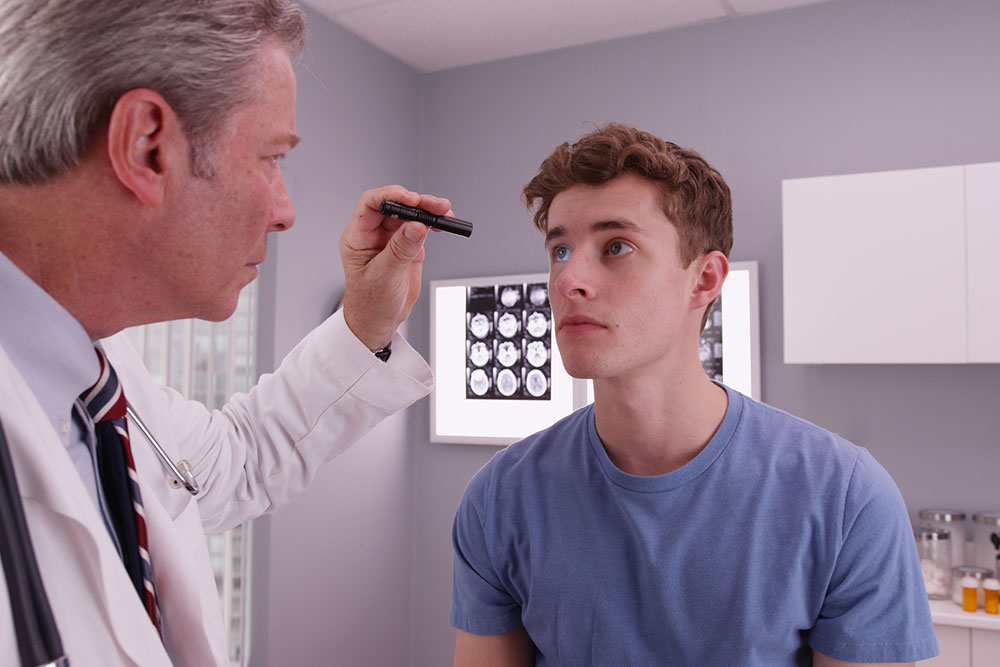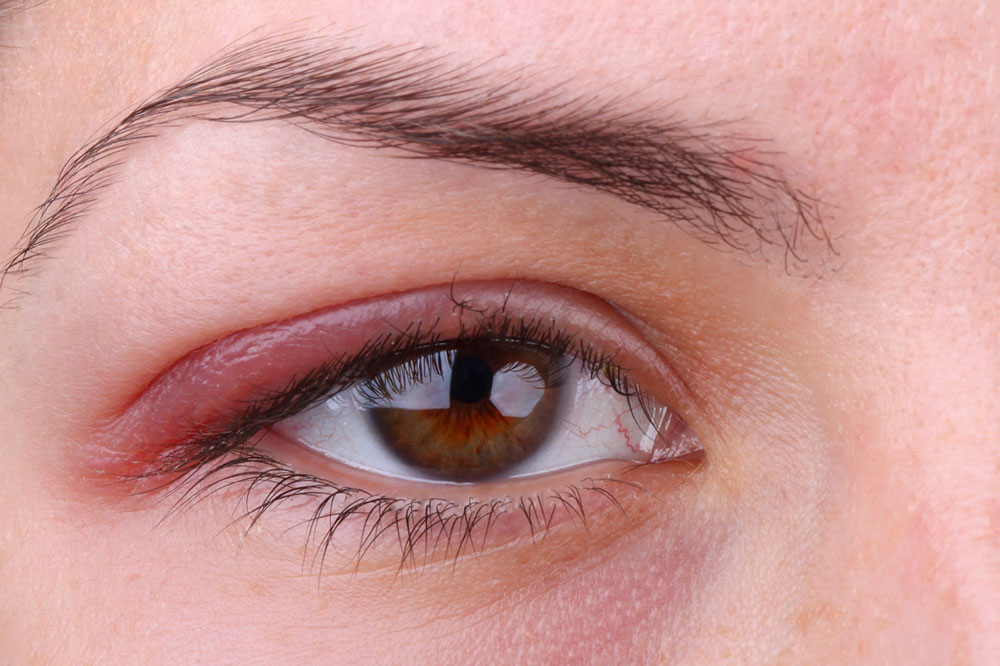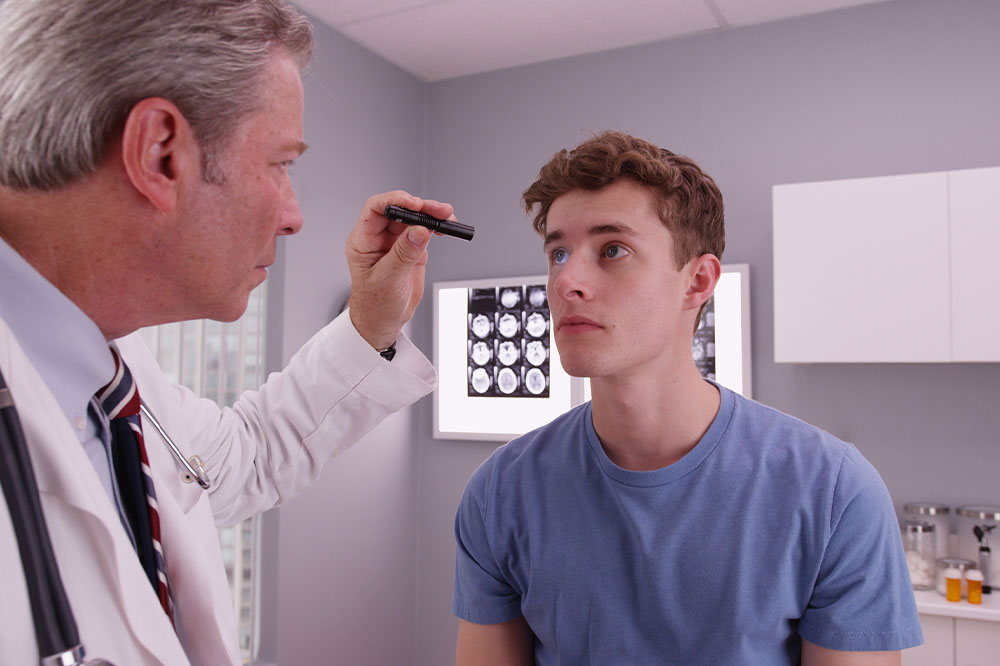Comprehensive Guide to Night Vision Loss: Causes, Symptoms, and Treatment Options
Night vision loss, also known as nyctalopia, affects many individuals by impairing their ability to see in low-light conditions. Often caused by retinal problems, cataracts, or nutritional deficiencies, early diagnosis and treatment are key to preventing permanent damage. This comprehensive guide explores the causes, symptoms, and available treatment options, emphasizing the importance of regular eye examinations and timely intervention. Maintaining good eye health and proper nutrition can help preserve night vision and improve quality of life for those affected by this condition.

Night vision loss, medically known as nyctalopia, is a condition that significantly impairs an individual's ability to see clearly in low-light or dark environments. It can also cause difficulty adjusting to sudden light changes, making activities like night driving or navigating poorly lit areas challenging and potentially dangerous. Although night blindness is not a standalone disease, it is a symptom indicative of underlying eye health issues that require attention. Recognizing early signs and understanding the causes of night vision impairment are essential steps toward effective treatment and preservation of vision.
Night vision loss arises from various factors, often involving problems with the retina, lens, or other parts of the eye. The retina, the light-sensitive layer at the back of the eye, plays a critical role in converting light into neural signals that are sent to the brain. When this process is disrupted, either by retinal degenerative diseases or damage, night vision deteriorates. The lens can also contribute; conditions like cataracts cause clouding of the lens, reducing the amount of light reaching the retina, especially in low-light situations. Additionally, systemic deficiencies such as vitamin A deficiency can impair retinal function, leading to nyctalopia.
Understanding the two main mechanisms behind night blindness can help in diagnosing its causes. First is the reduced amount of light reaching the retina, which often results from opacities like cataracts or refractive errors. Second is the malfunction of retinal cells responsible for light detection, mainly rod cells, which are highly sensitive to low-light stimuli. Diseases like retinitis pigmentosa, a genetic disorder causing progressive retinal degeneration, and glaucoma can damage these cells or the optic nerve, leading to impaired night vision. Recognizing symptoms early is crucial because they can be reversible if addressed promptly.
Typical symptoms associated with night blindness include difficulty moving in dark conditions, trouble recognizing faces in dim light, and a delayed response when transitioning from bright to dark environments. As the condition progresses, individuals may also experience peripheral vision loss and sensitivity to glare, further hindering their ability to function safely at night. The causes of night blindness are diverse, ranging from age-related changes like cataracts and presbyopia to nutritional shortcomings and serious ocular diseases. Proper diagnosis through comprehensive eye examinations is vital. It helps identify the root cause and guides targeted management strategies, such as corrective lenses, vitamin supplements, or surgical procedures like cataract removal.
Preventative measures, early intervention, and ongoing eye care can significantly mitigate the impact of night vision loss. Nutritional support, particularly adequate vitamin A intake, can support retinal health. Meanwhile, surgical advances enable effective treatment of conditions like cataracts, restoring vision in low-light environments. Regular eye check-ups are essential, especially for those at higher risk due to age, genetics, or existing health issues. Utilizing appropriate corrective strategies can help maintain independence, safety, and quality of life by ensuring optimal night vision as long as possible.





